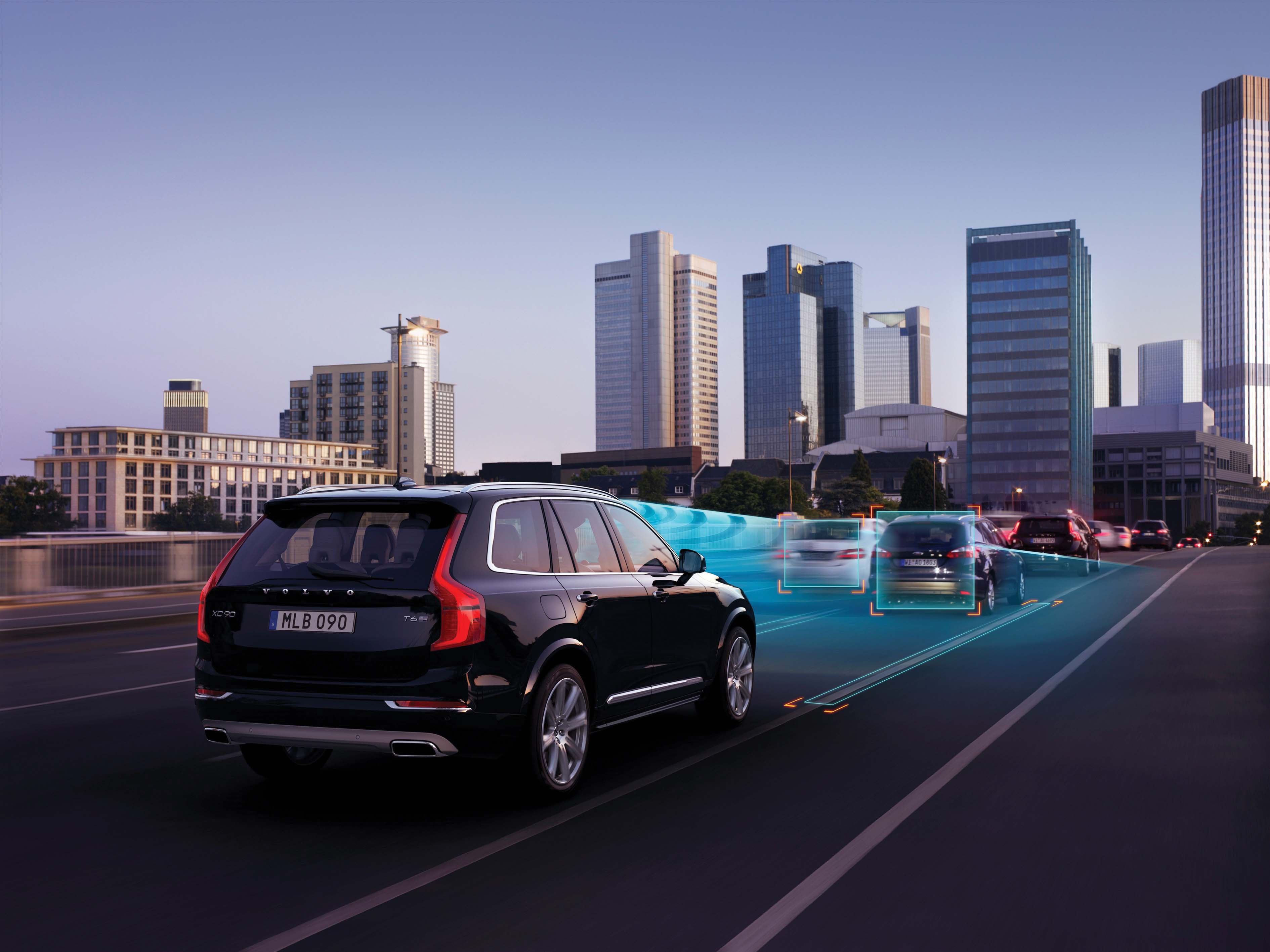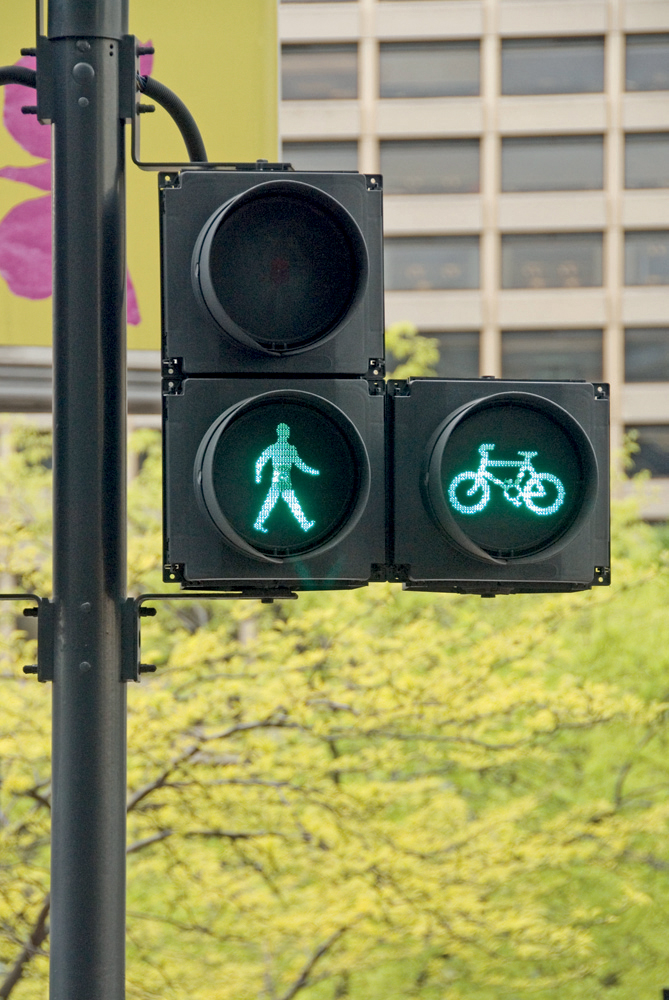A UK Government incentive for drivers buying cars with anti-crash technology would save 60 lives and result in 760 fewer serious casualties reported to the police, in just three years. Over ten years, such an incentive would save 1,220 lives and nearly 136,000 casualties, according to Thatcham Research, the insurance industry’s automotive research centre.
At a briefing seeking support from senior politicians, health organisations, insurers and vehicle manufacturers at the House of Commons today, Peter S
A UK Government incentive for drivers buying cars with anti-crash technology would save 60 lives and result in 760 fewer serious casualties reported to the police, in just three years. Over ten years, such an incentive would save 1,220 lives and nearly 136,000 casualties, according to Thatcham Research, the insurance industry’s automotive research centre.
At a briefing seeking support from senior politicians, health organisations, insurers and vehicle manufacturers at the House of Commons today, Peter Shaw, chief executive of Thatcham Research will say that initial UK data show cars equipped with autonomous emergency braking (AEB) have 18 per cent fewer third party injury claims. Similar studies from the USA highlighted a 26 per cent reduction in injuries; and Switzerland and Sweden front/rear crashes cut by 31 per cent and 48 per cent respectively.
He will call for support for a Thatcham Research campaign Stop the Crash which plans to ask the Treasury to introduce and fund a £500 incentive for those choosing to buy new cars with AEB fitted. He will claim that such a scheme would see 100 per cent of the UK new car fleet fitted with AEB by 2025 which could avoid over 17,000 deaths and serious injuries on the UK’s roads in a decade from 2015.
“Vehicle technology has been a major factor in cutting UK road deaths from 7,000+ in the 1970s to 1754 in 2012,” says Shaw. “An estimated 90 per cent of crashes are due to human error or distraction, so it is easy to see how driver intervention systems can help to substantially reduce the risk or impact of a crash.
“A responsible driver who pays extra to reduce the potential impact of their car should benefit from a helping hand from the Government. The time is right to demonstrate to consumers that vehicles with AEB should be their natural choice and we calculate that with a £500 cash incentive – about half the additional cost of the AEB system – the Government would be meeting the motorist halfway.
“Today, the average injury crash costs around £90,000. The costs of emergency services, NHS, road repairs, congestion, lost output and insurance are the tangibles – while the human loss and suffering are felt across families for years. Many of these losses are avoidable.”
Around 23 per cent of new cars on sale today have AEB available as optional or standard fit. Insurers recognise the benefits, with AEB-fitted cars given a rating of as much as five groups lower than their counterparts, and potentially saving up to 10 per cent on insurance premiums. But currently less than 10 per cent of cars sold have it specified and fitted.
“Auto-brake safety not only prevents or reduces the impact for the driver, but the more advanced systems can prevent injury to vulnerable road users such as pedestrians and cyclists. As environmental, economic and congestion pressures encourage more cyclists and pedestrians, we have seen the proportions of injured road users changing,” says Shaw.
“While overall numbers of all casualties are decreasing each year, pedestrians and particularly cyclists now represent an increasing share of the injuries. In 2012 in the UK there were 420 pedestrian and 118 cyclist fatalities. An incentive which will help to reduce these casualties cannot be ignored.”
At a briefing seeking support from senior politicians, health organisations, insurers and vehicle manufacturers at the House of Commons today, Peter Shaw, chief executive of Thatcham Research will say that initial UK data show cars equipped with autonomous emergency braking (AEB) have 18 per cent fewer third party injury claims. Similar studies from the USA highlighted a 26 per cent reduction in injuries; and Switzerland and Sweden front/rear crashes cut by 31 per cent and 48 per cent respectively.
He will call for support for a Thatcham Research campaign Stop the Crash which plans to ask the Treasury to introduce and fund a £500 incentive for those choosing to buy new cars with AEB fitted. He will claim that such a scheme would see 100 per cent of the UK new car fleet fitted with AEB by 2025 which could avoid over 17,000 deaths and serious injuries on the UK’s roads in a decade from 2015.
“Vehicle technology has been a major factor in cutting UK road deaths from 7,000+ in the 1970s to 1754 in 2012,” says Shaw. “An estimated 90 per cent of crashes are due to human error or distraction, so it is easy to see how driver intervention systems can help to substantially reduce the risk or impact of a crash.
“A responsible driver who pays extra to reduce the potential impact of their car should benefit from a helping hand from the Government. The time is right to demonstrate to consumers that vehicles with AEB should be their natural choice and we calculate that with a £500 cash incentive – about half the additional cost of the AEB system – the Government would be meeting the motorist halfway.
“Today, the average injury crash costs around £90,000. The costs of emergency services, NHS, road repairs, congestion, lost output and insurance are the tangibles – while the human loss and suffering are felt across families for years. Many of these losses are avoidable.”
Around 23 per cent of new cars on sale today have AEB available as optional or standard fit. Insurers recognise the benefits, with AEB-fitted cars given a rating of as much as five groups lower than their counterparts, and potentially saving up to 10 per cent on insurance premiums. But currently less than 10 per cent of cars sold have it specified and fitted.
“Auto-brake safety not only prevents or reduces the impact for the driver, but the more advanced systems can prevent injury to vulnerable road users such as pedestrians and cyclists. As environmental, economic and congestion pressures encourage more cyclists and pedestrians, we have seen the proportions of injured road users changing,” says Shaw.
“While overall numbers of all casualties are decreasing each year, pedestrians and particularly cyclists now represent an increasing share of the injuries. In 2012 in the UK there were 420 pedestrian and 118 cyclist fatalities. An incentive which will help to reduce these casualties cannot be ignored.”








